- This event has passed.
2021 Regenerative Solutions for Resilient Landscapes – Connections
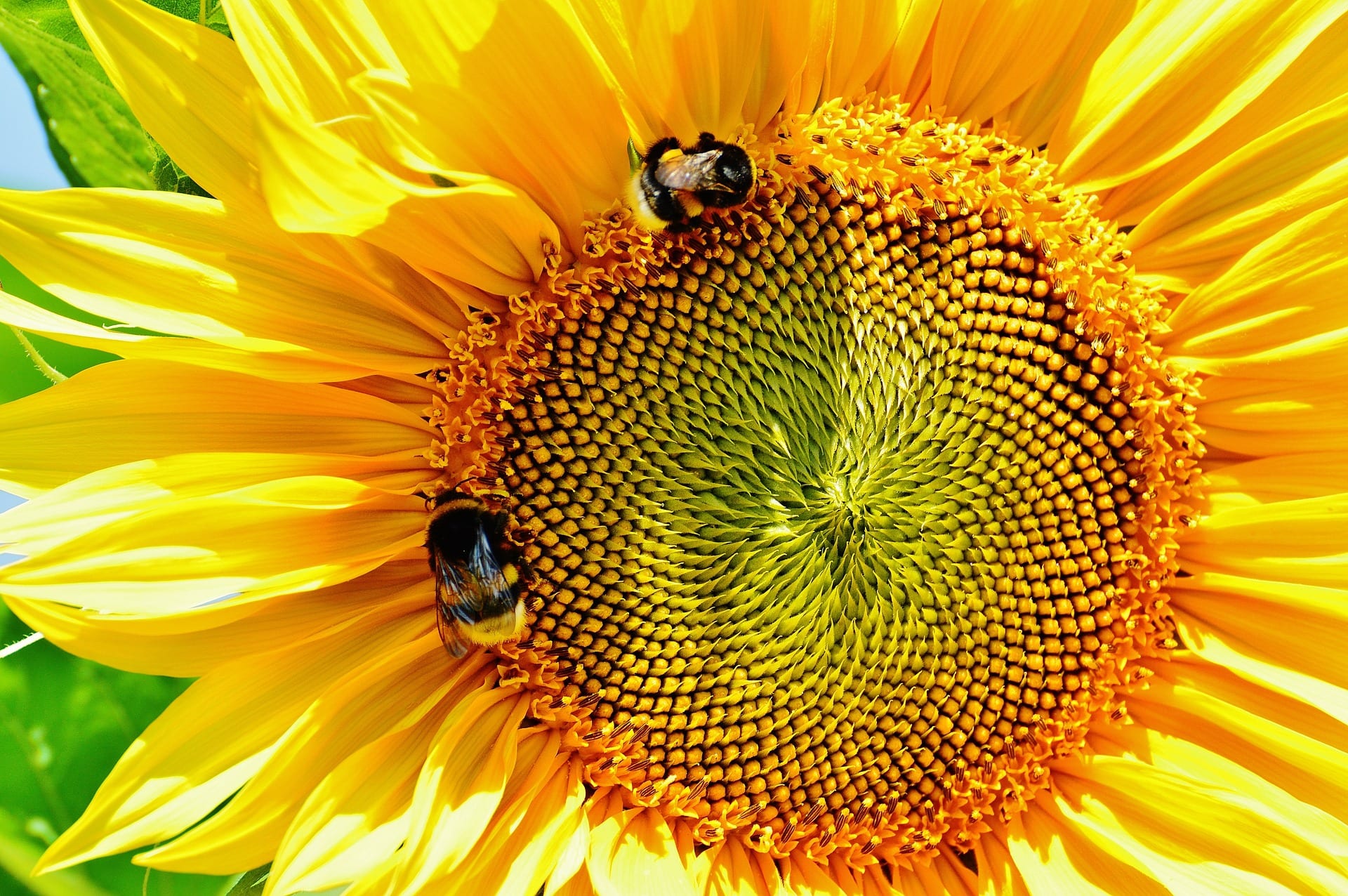
ELA Members $119 ~ Non-members $139
Click here for Conference Sponsor Opportunities
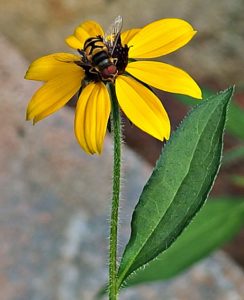
Margaret Molyson Photo
Connections are vital throughout healthy landscapes and include everything from interaction between pollinator and plant to the underground networking of mycelium.
The degree to which a landscape is successfully connected determines soil health, biodiversity, local adaptation, colonization, and species survival prospects. All connections are further challenged as ecosystems cope with climate change.
Join us on Thursday, November 11th to explore many critical landscape connections and to investigate the roles we can play in ensuring their success. We will consider connections of the landscape with climate, soil, pollinators, plant communities, and trees.
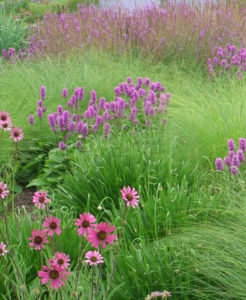
Building Strong Foundations
Roy Diblik
Gorgeous perennial gardens packed with color, texture, and multi-season interest (think of stunning examples like the Lurie Garden) may be aspirational but are also achievable with some plant community know-how from award-winning plantsman and designer Roy Diblik.
Roy’s design approach begins by learning a core group of plants, and all of the characteristics of the plants, that are reliable performers, tolerant of varied initial soil conditions. The next steps are combining them with complementary plants that thrive together when grown as a community. Roy also emphasizes a design approach that minimizes garden maintenance. One reliable species is Carex used as a groundcover to reduce reliance on wood mulch, create a healthier habitat for woody plants, create interconnected plant communities that benefit the well-being of the whole community, and promote long-lived communities over time.
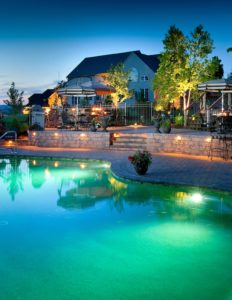
Lighting Effects on Wildlife
Reconnecting with Natural Light Cycles that Support Human and Wildlife Health: Starving for Darkness
Jane Slade
Darkness is disappearing from the face of the Earth, blinding wildlife in the light. Since the industrial revolution and the invention of the electric light bulb, the natural ecosystems of the Earth spend more and more time bathed in artificial light within a 24-hour cycle. How does the artificial light and lack of darkness impact wildlife? How does the obstruction of the night’s sky affect bird migration, pollination, and reproduction?
Much of the study of light and health has been dedicated to the impact of light upon humans; however, animals and plants are also intrinsically photosensitive and subject to the unwanted effects of stray light. How can a rethinking of design, landscape lighting, and codes alleviate some of these harmful effects? Ms. Slade will provide encouraging considerations to minimize these negative impacts.
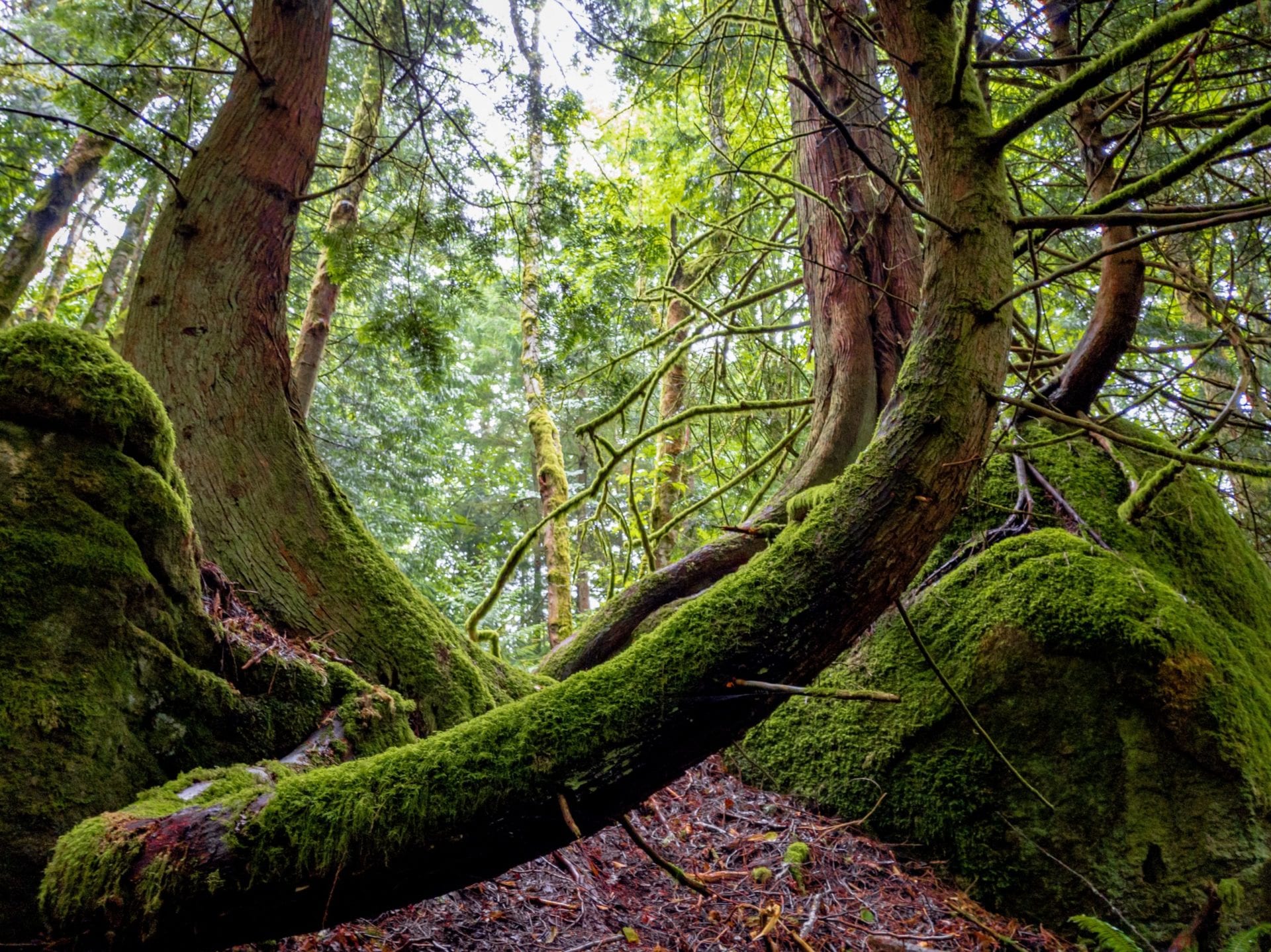 Finding the Mother Tree
Finding the Mother Tree
Suzanne Simard
Trees are connected, that’s right, CONNECTED. Through their research, Dr. Simard and her team have discovered that trees are connected below-ground via a vast fungal network. The Mother Tree project is investigating forest renewal practices that will protect biodiversity, carbon storage and forest regeneration as climate changes. This field-based research compares various retention levels of Mother Trees (large, old trees) and their neighbors, as well as regenerating seedling mixtures, in Douglas-fir forests located across nine climatic regions in British Columbia.
What is the mysterious, powerful force that connects and sustains others? The old, large trees in forests are responsible for nurturing and connecting forests in the same profound ways that families and human societies nurture and connect their members. Learn about the vital and inseparable bonds that enable survival of all.
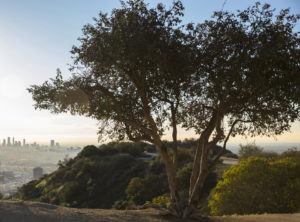
Human-Natural System Connections: Soil, Water, and Trees
Yujuan Chen, PhD
Currently more than half of the world population lives in urban areas — human-natural systems. Coupled with a changing climate, cities and towns are under high pressure to provide residents with sufficient resources, a livable environment, and desired quality of life. This presentation will discuss human-natural system connections including soil, water, trees, and their interactions with human decisions and activities.
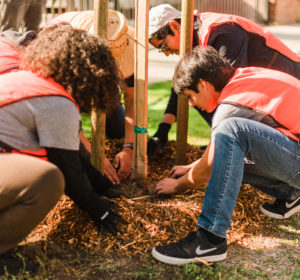
At the international level, how can we comprehensively integrate forests and trees into sustainable urban development with sound policies? At the regional level, how can we strategically and effectively engage communities in soil management and conservation? At the site level, how can we help urban tree establishment, improve tree growth, and ultimately sustain related long-term ecosystem services (e.g., stormwater mitigation) through urban soil best management practices? The findings from a set of studies will be shared to illustrate the connections and potential of green (trees), blue (water), and brown (soil) infrastructure in the city.
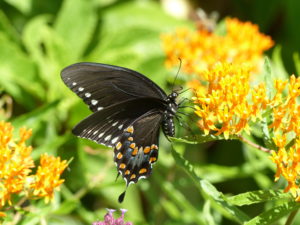 Using Informed Plant Selection to Restore Pollinators and Songbirds
Using Informed Plant Selection to Restore Pollinators and Songbirds
Desiree Narango, PhD
Functional food webs are essential for the successful conservation of ecological communities. In terrestrial systems, food webs are built on a foundation of co-evolved interactions between plants and their consumers. Efforts to restore urban and suburban green space, provide ecosystem services, and combat adverse impacts of development have resulted in widespread tree- and garden- planting efforts. Yet, little attention is given to the importance of plant identity for successfully supporting biodiversity. In this presentation, Dr. Narango will discuss the ecological and evolutionary relationships between plants, pollinators, and songbirds and highlight her recent research demonstrating that particular native plants are crucial for supporting local food webs. She will also share examples where species interaction data can provide quantitative metrics to inform planting guidelines to restore wildlife habitat in shared, living- and working landscapes.
Speaker Bios
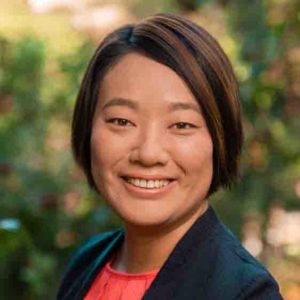 Yujuan Chen, PhD is the Principal Scientist in the Department of Policy and Research at TreePeople, an environmental non-profit organization based in Los Angeles. She is also a part-time lecturer in the School of Architecture at University of Southern California where she teaches Advanced Topics in Urban Ecology. Dr. Chen has a long-standing interest in urban and community forestry. She is a co-author of the 1st global Guidelines on Urban and Peri-urban Forestry which aims to optimize the contribution of forests and trees to sustainable urban development on a wide range of topics including food, energy, water, land and soils, green economy, biodiversity, human health and well-being. She also initiated and leads the “Healthy Soils for Healthy Communities Initiative” to study the potential of healthy soils in building climate resilience and healthy communities in Los Angeles. Prior to joining TreePeople, Dr. Chen held a range of positions with the Urban Forest Ecosystems Lab at Virginia Tech, the Urban and Peri-urban Forestry Program at the FAO of the United Nations, and the Community Forestry Program at New Jersey State Forestry Services. She holds a B.S. degree in horticulture from the Department of Landscape Architecture of Beijing Forestry University, an M.S. degree in urban forestry from the Urban Forestry Research Center of Chinese Academy of Forestry, and a Ph.D. in urban forestry from the Department of Forest Resources and Environmental Conservation of Virginia Tech.
Yujuan Chen, PhD is the Principal Scientist in the Department of Policy and Research at TreePeople, an environmental non-profit organization based in Los Angeles. She is also a part-time lecturer in the School of Architecture at University of Southern California where she teaches Advanced Topics in Urban Ecology. Dr. Chen has a long-standing interest in urban and community forestry. She is a co-author of the 1st global Guidelines on Urban and Peri-urban Forestry which aims to optimize the contribution of forests and trees to sustainable urban development on a wide range of topics including food, energy, water, land and soils, green economy, biodiversity, human health and well-being. She also initiated and leads the “Healthy Soils for Healthy Communities Initiative” to study the potential of healthy soils in building climate resilience and healthy communities in Los Angeles. Prior to joining TreePeople, Dr. Chen held a range of positions with the Urban Forest Ecosystems Lab at Virginia Tech, the Urban and Peri-urban Forestry Program at the FAO of the United Nations, and the Community Forestry Program at New Jersey State Forestry Services. She holds a B.S. degree in horticulture from the Department of Landscape Architecture of Beijing Forestry University, an M.S. degree in urban forestry from the Urban Forestry Research Center of Chinese Academy of Forestry, and a Ph.D. in urban forestry from the Department of Forest Resources and Environmental Conservation of Virginia Tech.
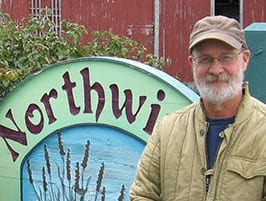 Roy Diblik is a recognized perennial plant expert, grower, designer, author, and co-owner of Northwind Perennial Farm in southeastern Wisconsin. Combining his 35+ years of knowledge growing traditional and Midwest native perennials, he specializes in highly aesthetic, sustainable plant communities for all seasons, while reducing maintenance through design. He believes that gardens should be thoughtful, ecologically directed, emotionally outreaching, and yet very personal.
Roy Diblik is a recognized perennial plant expert, grower, designer, author, and co-owner of Northwind Perennial Farm in southeastern Wisconsin. Combining his 35+ years of knowledge growing traditional and Midwest native perennials, he specializes in highly aesthetic, sustainable plant communities for all seasons, while reducing maintenance through design. He believes that gardens should be thoughtful, ecologically directed, emotionally outreaching, and yet very personal.
Mr. Diblik is the author of The Know Maintenance Perennial Garden, a simplified approach that promotes use of hardy, beautiful plants that are complementary and thrive together as a community.
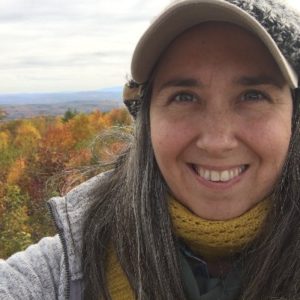 Desiree Narango, PhD is a conservation biologist who studies plant-animal interactions and wildlife ecology in novel ecosystems significantly altered by people, such as urban forests, residential yards, and farmland. Her ultimate goal is to find data-driven conservation solutions for land managers to help preserve biodiversity and species interactions in a rapidly changing world.
Desiree Narango, PhD is a conservation biologist who studies plant-animal interactions and wildlife ecology in novel ecosystems significantly altered by people, such as urban forests, residential yards, and farmland. Her ultimate goal is to find data-driven conservation solutions for land managers to help preserve biodiversity and species interactions in a rapidly changing world.
Dr. Narango is currently a David H. Smith Conservation Fellow at the University of Massachusetts, Amherst, collaborating with the US Forest Service Northern Research Station.
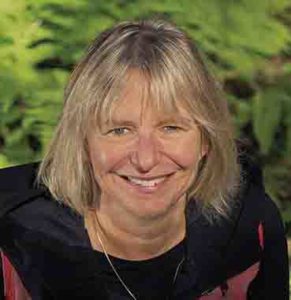 Suzanne Simard, PhD is a Professor of Forest Ecology at the University of British Columbia and the author of the book, Finding the Mother Tree. She is a pioneer on the frontier of plant communication and intelligence; and has been hailed as a scientist who conveys complex, technical ideas in a way that is approachable, yet dazzling and profound. Her work has influenced filmmakers (the Tree of Souls in James Cameron’s Avatar) and her TED talks have been viewed by more than 10 million people worldwide.
Suzanne Simard, PhD is a Professor of Forest Ecology at the University of British Columbia and the author of the book, Finding the Mother Tree. She is a pioneer on the frontier of plant communication and intelligence; and has been hailed as a scientist who conveys complex, technical ideas in a way that is approachable, yet dazzling and profound. Her work has influenced filmmakers (the Tree of Souls in James Cameron’s Avatar) and her TED talks have been viewed by more than 10 million people worldwide.
Dr. Simard is known for her work on how trees interact and communicate using below-ground fungal networks, which has led to the recognition that forests have hub trees, or Mother Trees, which are large, highly connected trees that play an important role in the flow of information and resources in a forest. Her current research investigates how these complex relationships contribute to forest resiliency, adaptability and recovery and has far-reaching implications for how to manage and heal forests from human impacts, including climate change.
 Jane Slade, MID, LC, IES is the Specification Sales Manager for Speclines in Massachusetts, a lighting manufacturer’s representative agency specializing in outdoor lighting for municipalities, universities, corporations, commercial developments, and transportation agencies through an interdisciplinary approach of blending design, science and the latest technology. She is a lighting educator and researcher at Anatomy of Night, researching the many ways in which light impacts our environment, human health, wildlife, biodiversity, and interdependence. Ms. Slade is the co-host of the podcast Starving for Darkness where these impacts are also discussed. She is a recent Richard Kelly Grant recipient for explorations into the social and emotional impacts of light and lighting, through her work in creating lighting fixtures from waste materials in India, and through art installations focused on manipulating emotional experiences with light and color. She is a member of the IES Committee for Outdoor Environmental Lighting, the IES Progress Committee, a contributor to LD+A on the topic of Wildlife, and is currently writing a book about the natural daylight cycle. In her spare time, she is a yoga teacher.
Jane Slade, MID, LC, IES is the Specification Sales Manager for Speclines in Massachusetts, a lighting manufacturer’s representative agency specializing in outdoor lighting for municipalities, universities, corporations, commercial developments, and transportation agencies through an interdisciplinary approach of blending design, science and the latest technology. She is a lighting educator and researcher at Anatomy of Night, researching the many ways in which light impacts our environment, human health, wildlife, biodiversity, and interdependence. Ms. Slade is the co-host of the podcast Starving for Darkness where these impacts are also discussed. She is a recent Richard Kelly Grant recipient for explorations into the social and emotional impacts of light and lighting, through her work in creating lighting fixtures from waste materials in India, and through art installations focused on manipulating emotional experiences with light and color. She is a member of the IES Committee for Outdoor Environmental Lighting, the IES Progress Committee, a contributor to LD+A on the topic of Wildlife, and is currently writing a book about the natural daylight cycle. In her spare time, she is a yoga teacher.
Continuing Education Credits
CEUs have been granted BY APLD, ASLA (LA CES), MCH, MALP, and NOFA.
Agenda
| 8:30 – 9:00 | Check-in and tech check |
| 9:00 – 10:00 | Roy Diblik – Building Strong Foundations |
| 15-minute break | |
| 10:15 – 11:15 | Jane Slade – Reconnecting with Natural Light Cycles that Support Human and Wildlife Health: Starving for Darkness |
| 15-minute break | |
| 11:30 – 12:30 | Suzanne Simard – Finding the Mother Tree |
| 45-minute break | |
| 1:15 – 2:15 | Yujuan Chen – Human-Natural System Connections: Soil, Water, and Trees |
| 15-minute break | |
| 2:30 – 3:30 | Desiree Narango – Using Informed Plant Selection to Restore Pollinators and Songbirds |
3:30 – 4:00 CEU Processing – Networking
Details
- Date:
- Thu, November 11, 2021
- Time:
-
8:30 am EST - 4:30 pm EST
- Event Category:
- Conferences
Organizer
- ELA Office
- Email:
- ELAInfo@ecolandscaping.org
- Website:
- View Organizer Website


